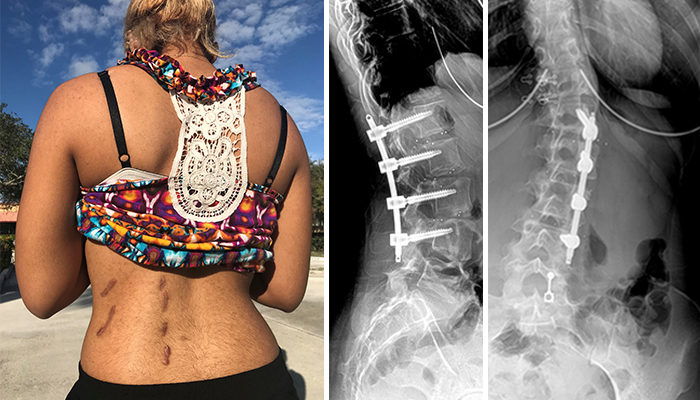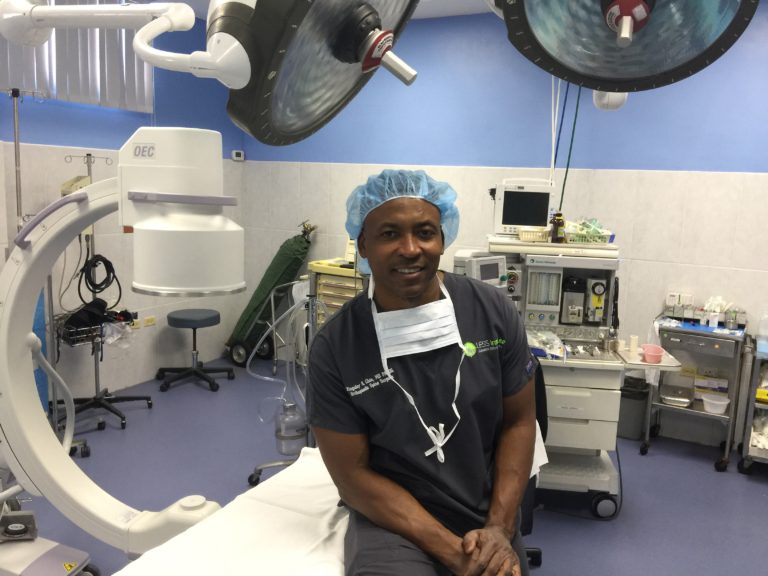By Admin
As a healthcare professional in an orthopedic spine clinic, I field questions all day long from patients about their recovery.
The most common question after back injury or surgery is: “Doc, when can I have sex?”
Our LESS Institute Founder Dr. Kingsley R. Chin advises, “Remember -all our bodies are different, and your medical history, as well as the complexity of the injury or procedure ultimately determine how much time your body needs to heal.”
So although we can’t give an exact answer, there is a guideline that can help you answer that all-important question -just in time for Valentine’s Day.
Consult Your Surgeon
Before you attempt to engage in sexual activity, consult your surgeon to make sure your back is well enough. You want to make sure that you don’t aggravate your pain or worsen your condition.
Learn
Learn more about your back condition. Why is this happening? What can or can’t you do for now? What precautions do you need to take?
Speak
Sit down and speak with your partner about what is happening. Tell them how you feel. Communication is key as back pain can affect intimacy in the bedroom, as well as relationships in general.
Plan
Yes -that’s right: Plan your positions together. Research how you can safely position your body to support your back and reduce your pain. Also speak with your physical therapist for proper body mechanics or positions that will be safe during intercourse.
Explore
Be creative; be imaginative. Surrender and approach new ideas together. Try a little more sensuality versus sexuality by pleasuring your partner’s senses with some essential oils or music.
If you are experiencing back pain, don’t hesitate to contact us at the LESS Institute. We understand how challenging living with back pain can be and we’re here to help you.
About the LESS Institute
The LESS Institute uses a new philosophy of Less Exposure Surgery (LES), utilizing the least invasive techniques and technologies to achieve the best and most efficient outcomes so patients can return immediately to an active lifestyle. As LESS Institute Founder, Dr. Kingsley Chin, board certified spine surgeon, pursues endeavors of medical entrepreneurship, tourism & mentorship throughout Florida, New Jersey, New York, Arizona & Jamaica, treating thousands of patients globally each year. For more information or to get in touch with our team visit www.thelessinstitute.com or call 855-411-LESS.
















